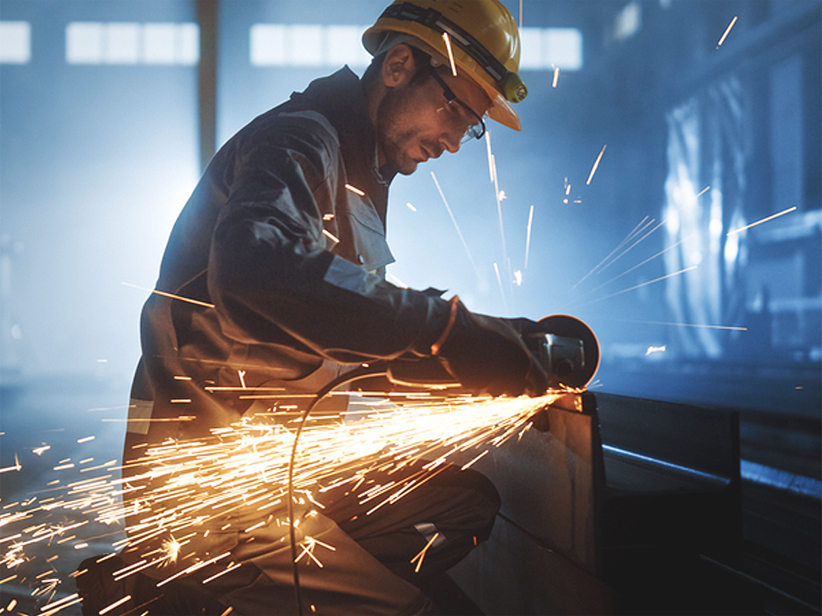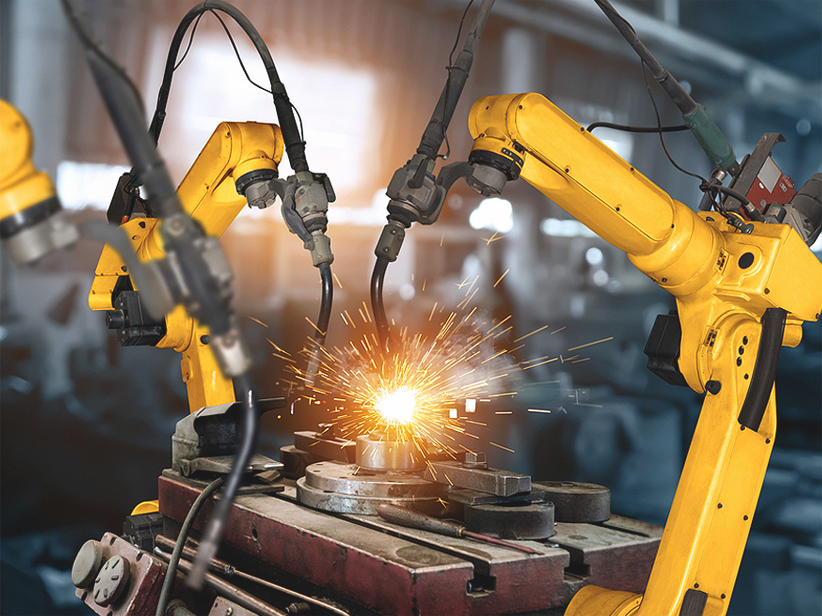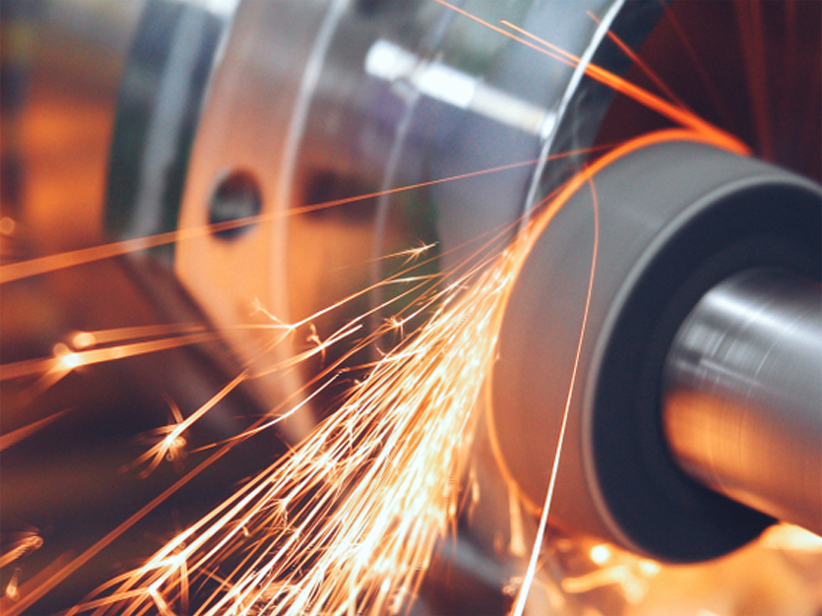Description
Stainless Steel Grade 420A/1.4021 is a martensitic stainless steel with a high carbon content, providing high hardness and strength after heat treatment. Known for its excellent corrosion resistance, particularly in mild environments, 420A is commonly used in applications requiring high wear resistance and moderate corrosion resistance. The alloy is versatile, allowing for easy fabrication and is widely employed in industries such as cutlery, surgical instruments, and other tool manufacturing.
Chemical Composition
Carbon (C): 0.16 - 0.25%
Chromium (Cr): 12.0 - 14.0%
Manganese (Mn): ≤ 1.00%
Silicon (Si): ≤ 1.00%
Sulfur (S): ≤ 0.030%
Phosphorus (P): ≤ 0.040%
Mechanical Properties
Tensile Strength: 700 - 950 MPa
Yield Strength: 345 MPa (min)
Elongation at Break: 20% (in 50 mm)
Hardness: 50 HRC (max, after heat treatment)
Thermal & Physical Properties
Density: 7.74 g/cm³
Thermal Conductivity: 24.9 W/m•K (at 100°C)
Electrical Resistivity: 0.55 µΩ•m
Specific Heat Capacity: 460 J/kg•K
Modulus of Elasticity: 200 GPa
Other Designations
UNS: S42000
AISI: 420
EN: X20Cr13
JIS: SUS 420J1
Fabrication and Heat Treatment
Annealing: Heat to 840-900°C, hold until the temperature is uniform throughout the section, and cool in furnace.
Hardening: Heat to 980-1035°C, hold until the temperature is uniform throughout the section, and quench in oil or air. Follow with tempering at a suitable temperature.
Tempering: Heat to 150-370°C, hold for 1 hour per 25 mm of thickness, then air cool.
Machining: Can be machined in the annealed condition but becomes challenging after hardening. Use carbide tools for better results.
Welding: Welding is generally not recommended, but if necessary, preheat to 150-320°C and post-weld heat treatment is required to prevent cracking.
Applications
Cutlery: Blades, scissors, and other cutting tools.
Surgical Instruments: Forceps, scalpels, and other precision tools.
Industrial Blades: Used in food processing, paper, and plastics industries.
Valves and Pumps Shafts: Where high wear resistance and moderate corrosion resistance are required.
Hand Tools: Screwdrivers, pliers, and other tools requiring good hardness.
Supplied Forms
Bars
Coils
Wires
Features
High Hardness: Achieves high hardness and wear resistance after heat treatment, making it suitable for cutting and wear applications.
Good Corrosion Resistance: Provides moderate resistance to corrosion, particularly in fresh water and mild acidic environments.
High Strength: Offers excellent strength, especially after hardening and tempering.
Machinability: Relatively easy to machine in the annealed state, though it becomes more difficult after hardening.
Versatile: Suitable for a wide range of applications across various industries






